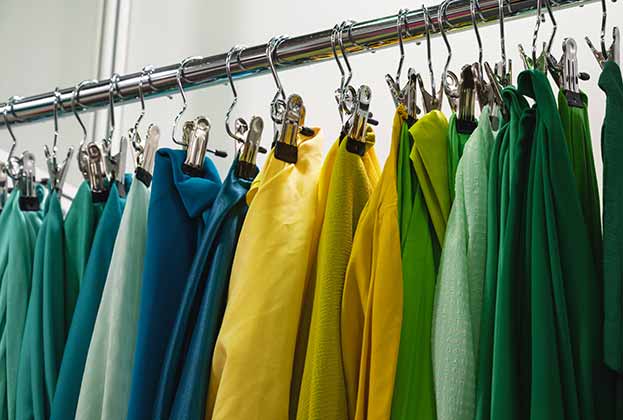Outlet centres are increasingly on the agenda of shoppers, landlords and investors, with hybrid offers and more urban locations providing key opportunities for future success. Average footfall has grown 10 per cent at such schemes since 2012, while average spend has risen from £51 to £72.50.
The typical size of outlet centres has also grown from 80,000 sq ft in 1995 to 140,000-200,000 sq ft in 2017, largely driven by an increasing leisure offer. It is interesting to note that restaurant provision has doubled since 2011, now accounting for approximately 8 per cent of outlet centre units across the board and often upwards of 10 per cent.
Café and takeaway provision has also increased by over a third. At London Designer Outlet, 29 per cent of units are occupied by cafés and restaurants while Ashford Designer Outlet’s expansion will add six F&B brands. Landlords are also seeking to create other types of hybrid scheme, for example Hull’s Princes Quay development, pictured above, the first in the UK to mix an outlet centre and full price high street offer.
While these schemes have traditionally favoured out-of-town locations, shopper data suggests more centrally located centres could increase market penetration. Less than 33 per cent of outlet shoppers visit more than once a year but half of all consumers make a local shopping trip every week, making the case for locating closer to areas of high population density.
One example is the planned designer outlet at The O2 Arena in Greenwich which will capitalise on existing footfall through its location close to a public transport hub and other retail and leisure locations.
For landlords, outlet centres are advantageous in multiple ways. They usually offer turnover leases that, with active asset management, result in low average void rates and financial benefits when retailers outperform expectations.
For investors, this lease type allows performance to be closely monitored and often generates rental increases above the levels associated with conventional leases. There are suggestions that the sector is undervalued currently, but with its market value expected to grow by 35 per cent to £3.8 billion over the next three years, outlet centres will become an increasingly attractive asset class.
For consumers, the evolution of outlet centres means lines are already blurring with other types of shopping destination. Creating a fully hybrid offer that blends outlet with leisure, F&B and full price retail is the next step in attracting a wider range of visitors, increasing sales and ultimately turnover and profit. We see further scope for outlet centre development in more urban settings, working in harmony with other forms of retail and leisure.
Further information
Read more: Spotlight: Retail Revolutions
.jpg)

.jpg)



.jpg)



